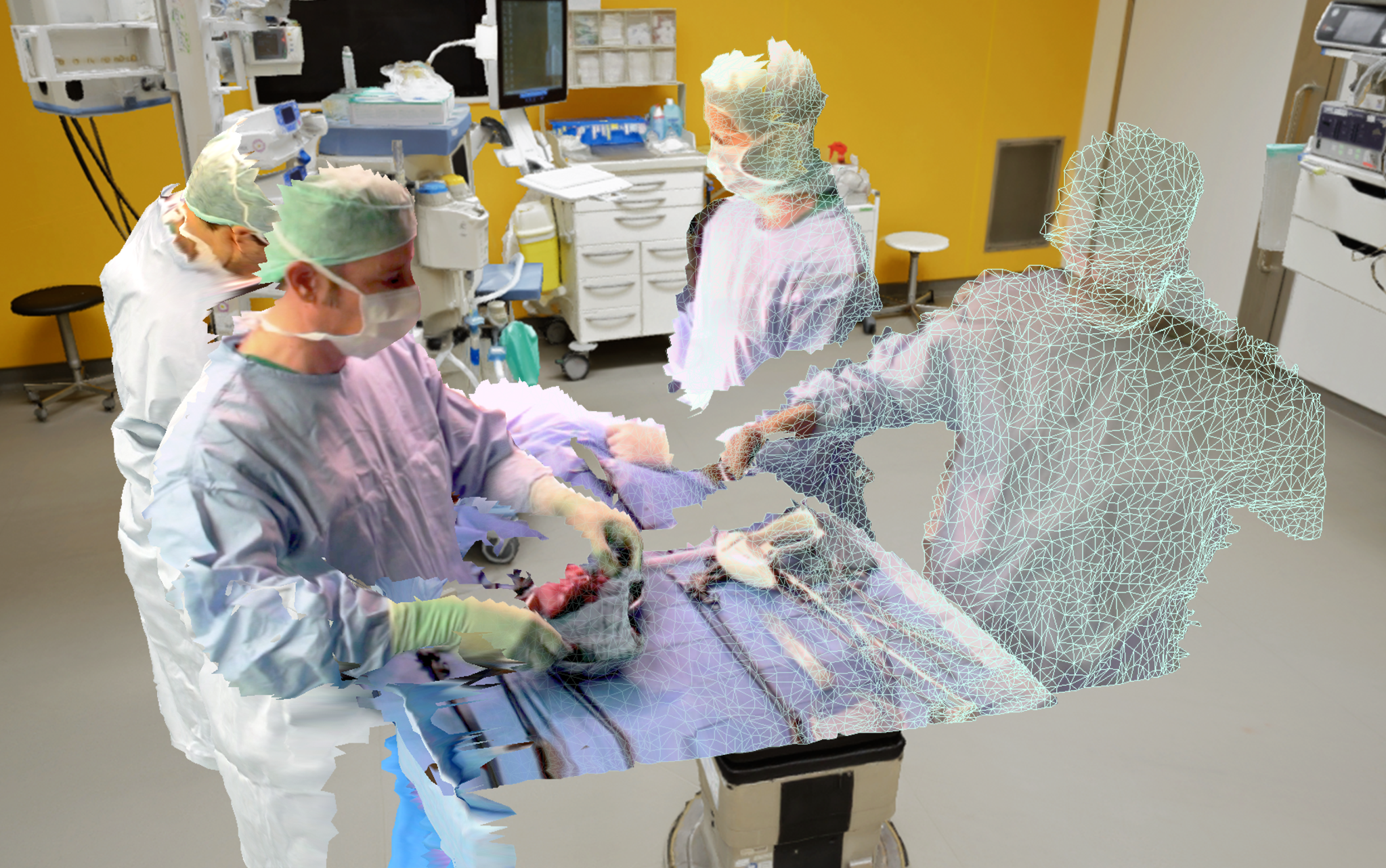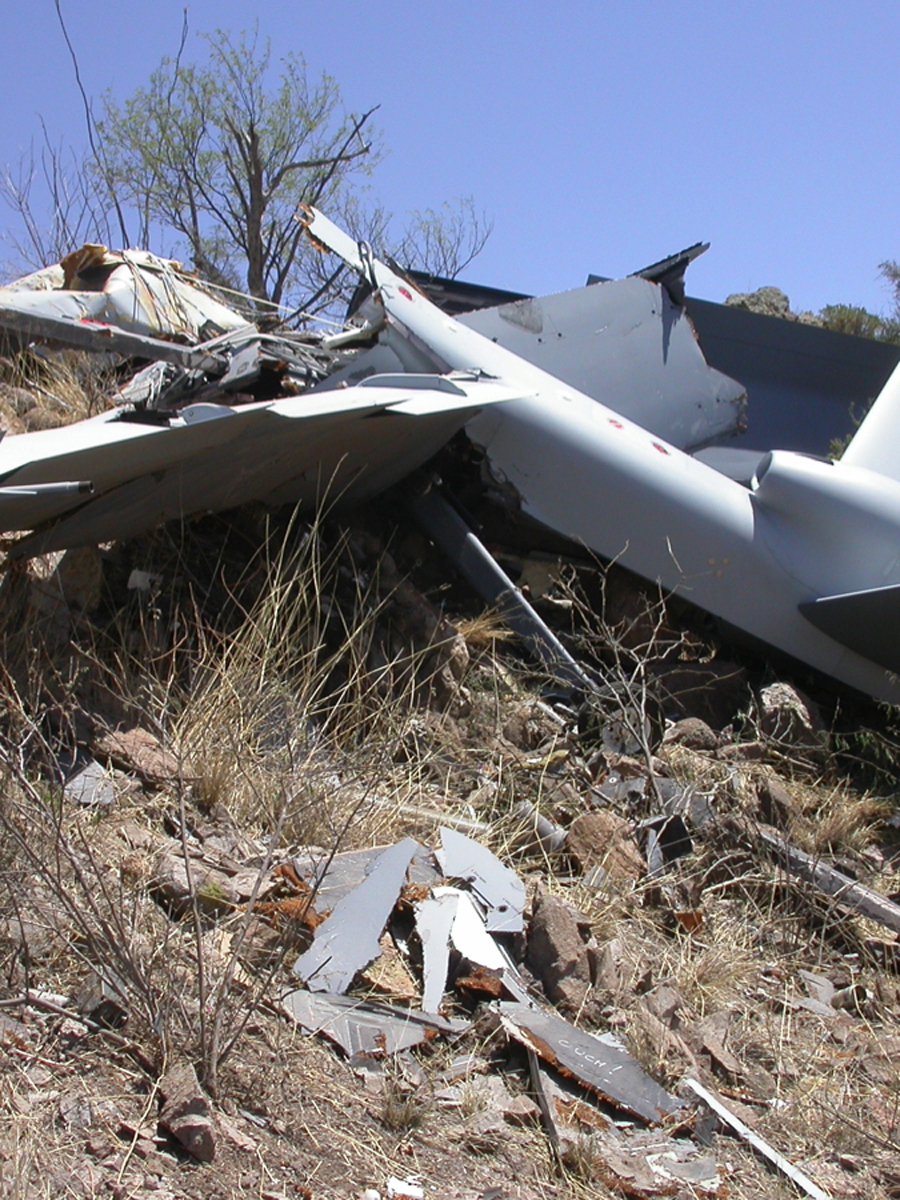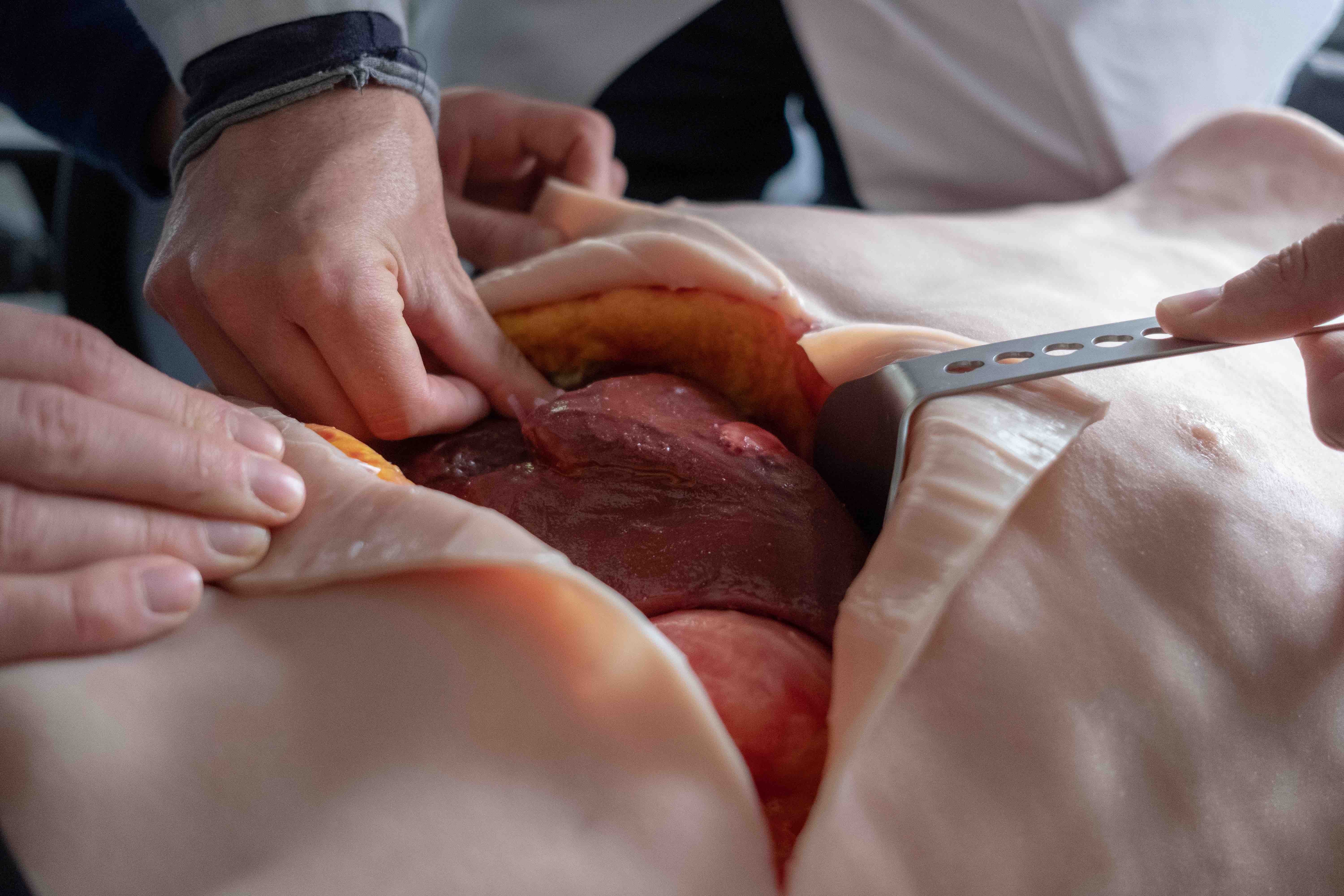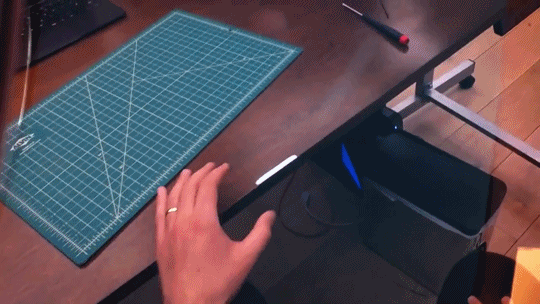BG Annual Conference 2018 | November 7-10
ZK/U – Center for Arts and Urbanistics, Siemensstrasse 27, 10551 Berlin
https://projekte.berlinergazette.de/ambient-revolts/
The growing interconnectedness of everyone and everything is transforming our world into an unprecedented techno-social environment. The boundaries between atmosphere and politics are being suspended; already, tiny ruptures can cause cascade-like repercussions – think of cyber-attacks or stock market crashes, right-wing resentment or hashtag-based protest. Such ambient revolts are increasingly driven by artificial intelligence (AI) – involving human interaction but seemingly beyond human oversight. Set against this backdrop, the conference poses the questions: What are the techno-social logics of both regressive and repressive tendencies? What are emancipatory movements up against? What potential do micro-political acts have in day-to-day life? What regulations of automated systems at the macro level will enable democracy to emerge in the age of AI? The Berliner Gazette conference will explore these questions in the context of performances, lectures and workshops.



